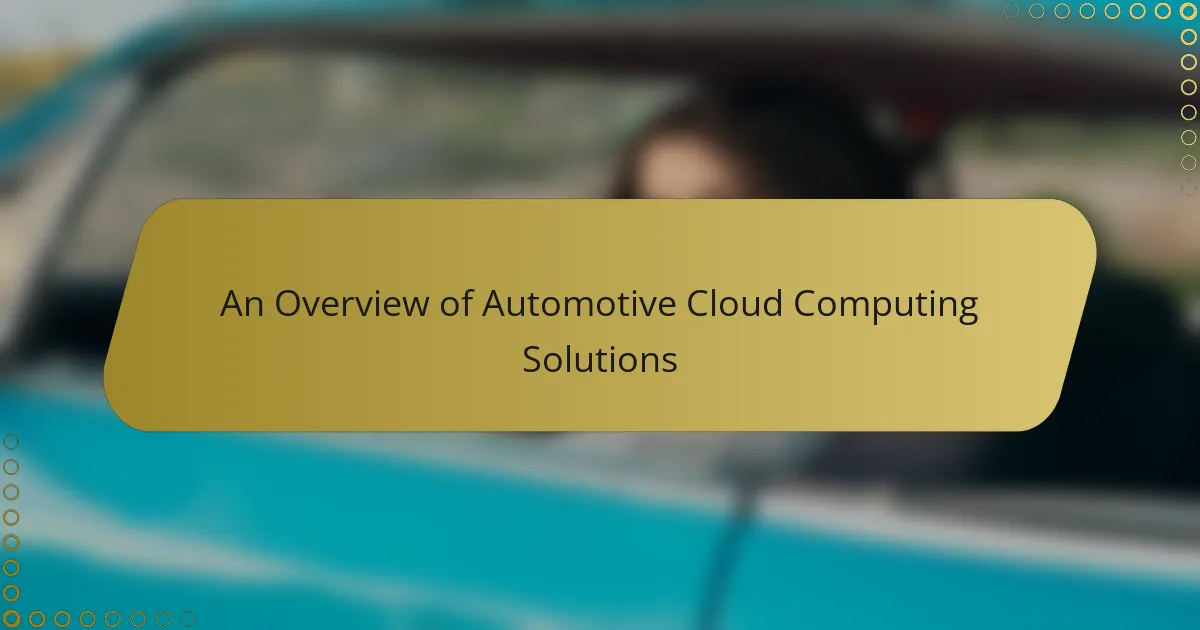Automotive cloud computing solutions are digital platforms designed for data storage, processing, and management within automotive applications, enabling real-time data exchange between vehicles and cloud servers. These solutions support critical functionalities such as vehicle diagnostics, navigation, and infotainment systems, significantly enhancing vehicle performance and user experience. The automotive cloud market is projected to grow substantially, […]
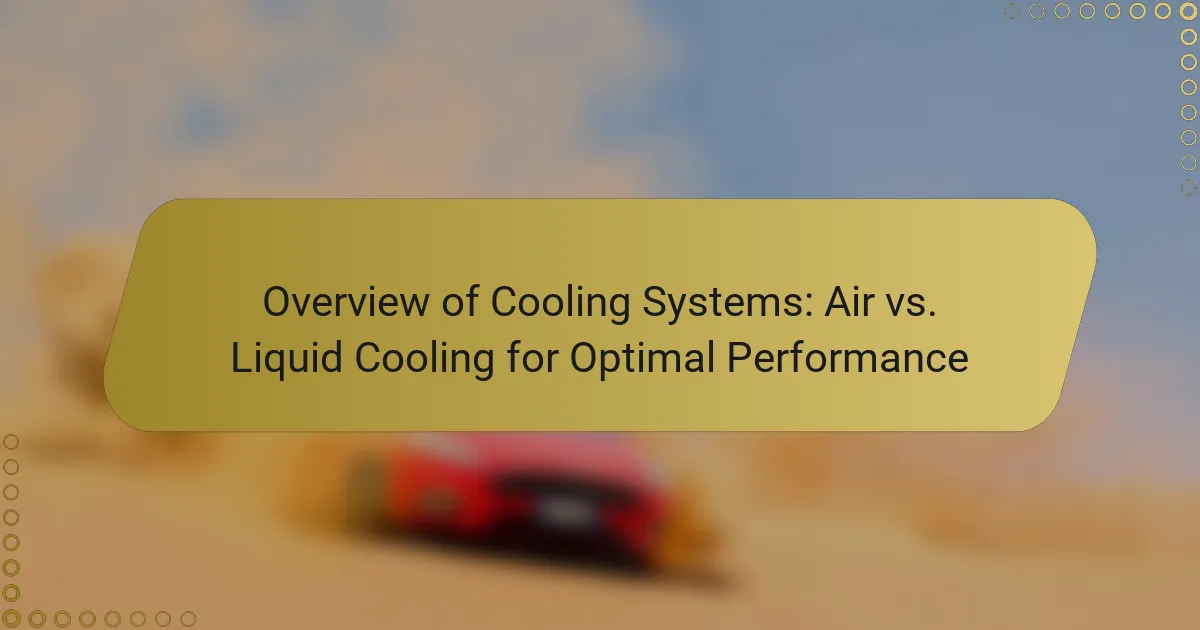
Overview of Cooling Systems: Air vs. Liquid Cooling for Optimal Performance
Cooling systems are essential mechanisms that remove excess heat from environments or objects to maintain optimal operating temperatures. This article provides an overview of two primary cooling methods: air cooling and liquid cooling. Air cooling relies on fans and heatsinks to dissipate heat, making it a cost-effective and straightforward solution for various applications. In contrast, […]

Comprehensive Guide to Automobile Computer Warranty Policies and Coverage Options
Automobile computer warranty policies are agreements designed to cover repairs or replacements for a vehicle’s electronic control units and related systems, protecting owners from defects in materials and workmanship. These policies typically include coverage for critical components such as engine control modules and transmission control units, with warranty periods ranging from three to five years […]

Understanding the Benefits of Advanced Driver Assistance Systems
Advanced Driver Assistance Systems (ADAS) are technologies designed to enhance vehicle safety and driving convenience through features such as lane-keeping assistance, adaptive cruise control, and automatic emergency braking. These systems utilize sensors and algorithms to provide real-time data, significantly reducing the likelihood of accidents. Research indicates that vehicles equipped with ADAS experience a 50% reduction […]

The Role of On-Board Diagnostics in Modern Vehicles
On-Board Diagnostics (OBD) is a critical system in modern vehicles that monitors performance and emissions, providing real-time data on engine and essential systems. The evolution from OBD-I to OBD-II has standardized diagnostic protocols, allowing for comprehensive vehicle diagnostics and efficient communication with diagnostic tools. OBD systems detect malfunctions, store diagnostic trouble codes (DTCs), and facilitate […]
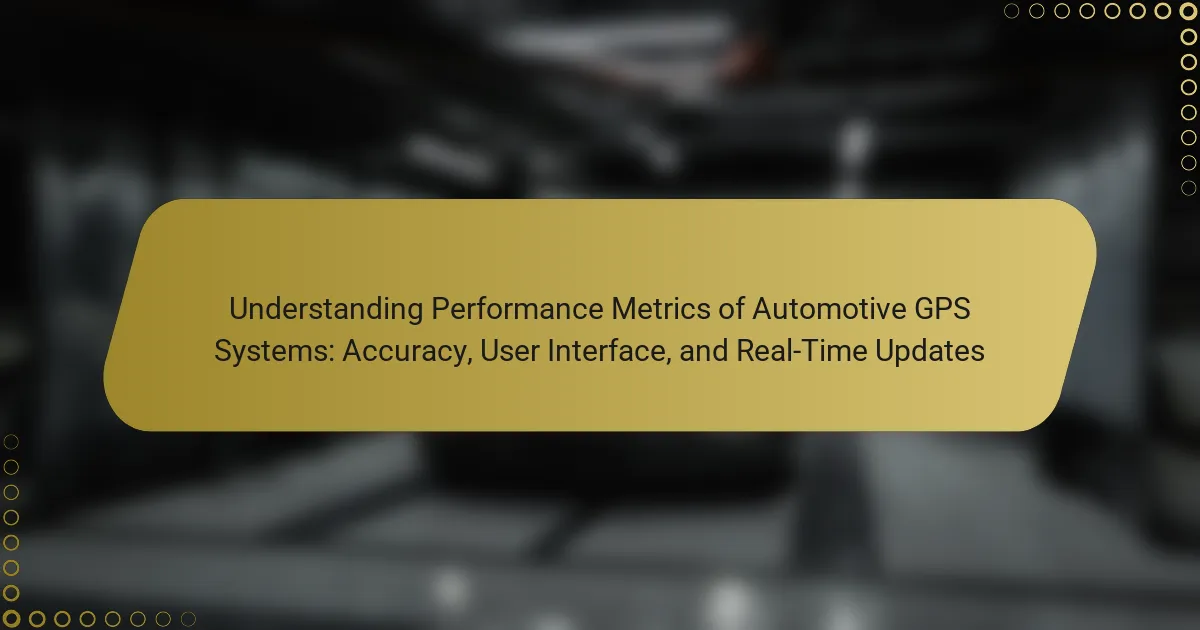
Understanding Performance Metrics of Automotive GPS Systems: Accuracy, User Interface, and Real-Time Updates
Automotive GPS systems are evaluated based on key performance metrics such as accuracy, responsiveness, user interface quality, and update frequency. Accuracy indicates how closely the GPS location aligns with the actual position, typically achieving a range of 5 to 10 meters for high-quality systems. Responsiveness refers to the speed at which the system recalculates routes […]

Exploring the Features of Electric Vehicle Charging Stations
Electric vehicle charging stations are facilities that provide electric energy for recharging electric vehicles (EVs), utilizing various charging standards such as Level 1, Level 2, and DC fast charging. The article outlines the characteristics and operational features of these stations, highlighting their increasing availability, with over 100,000 public stations in the U.S. as of 2023. […]

Compatibility Issues Between Different Vehicle Makes and Software
Compatibility issues between different vehicle makes and software arise due to unique communication protocols and proprietary coding implemented by various manufacturers. These discrepancies can lead to challenges in diagnostics, software updates, and the integration of third-party applications, ultimately affecting vehicle features such as infotainment systems and advanced driver-assistance systems. Common compatibility problems include software incompatibility, […]
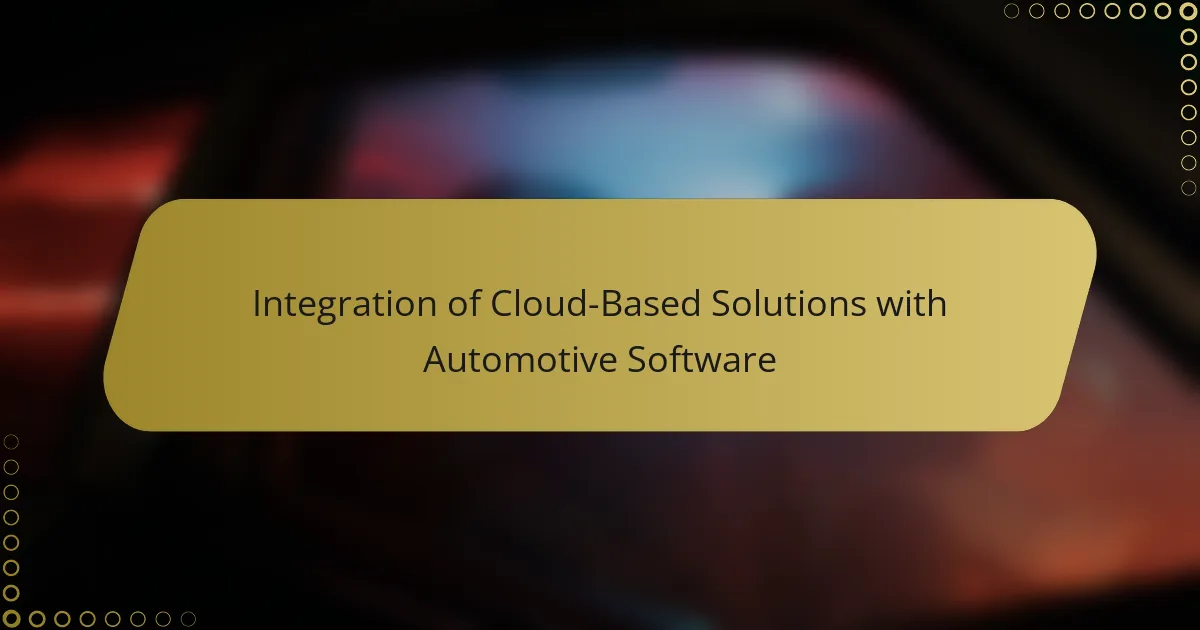
Integration of Cloud-Based Solutions with Automotive Software
The integration of cloud-based solutions with automotive software significantly enhances vehicle capabilities through real-time data processing and remote management. This integration supports features such as over-the-air updates, improved diagnostics, and advanced driver-assistance systems (ADAS), ultimately benefiting manufacturers and consumers alike. Key advantages include increased data accessibility, proactive maintenance alerts, and reduced operational costs. Future trends […]
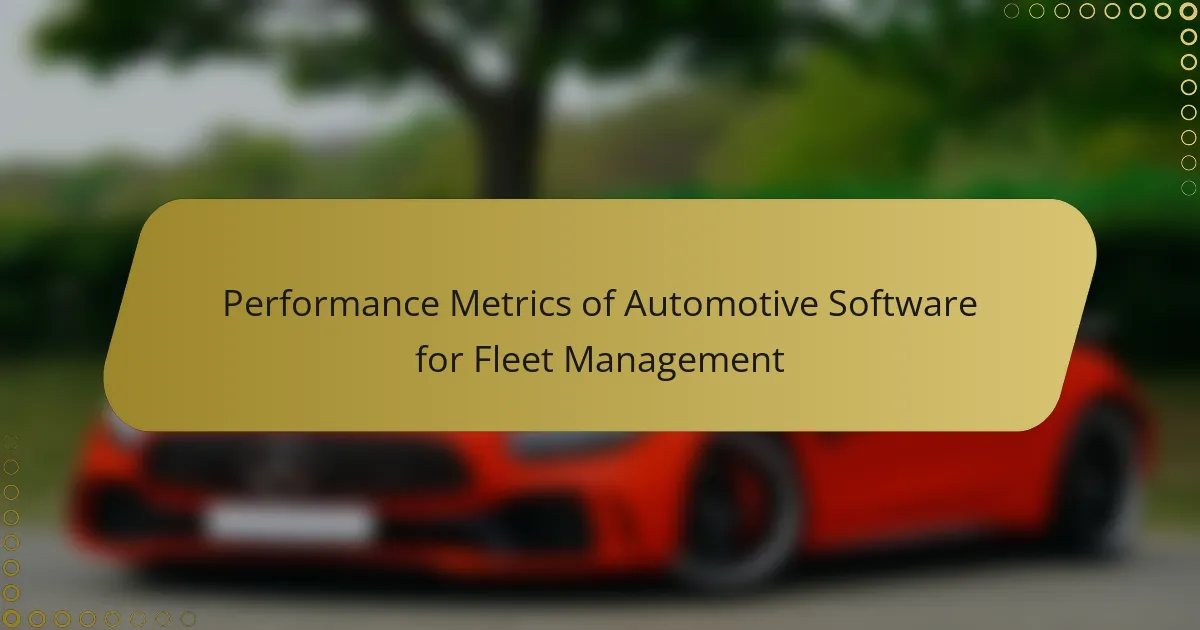
Performance Metrics of Automotive Software for Fleet Management
Performance metrics of automotive software for fleet management are critical indicators that include vehicle utilization, fuel efficiency, maintenance costs, and driver performance. These metrics enable fleet managers to optimize operations, reduce costs, and enhance decision-making. Additionally, software performance metrics such as response time, system uptime, data throughput, and error rates are essential for maintaining reliability […]
